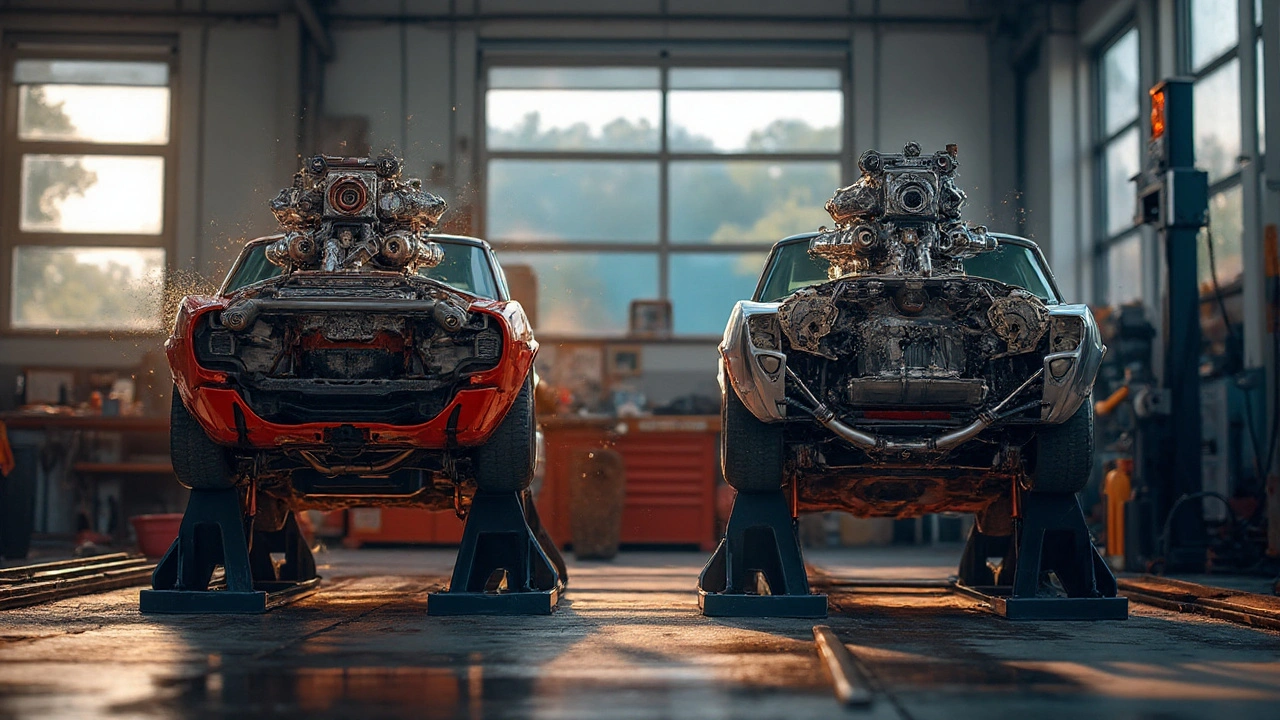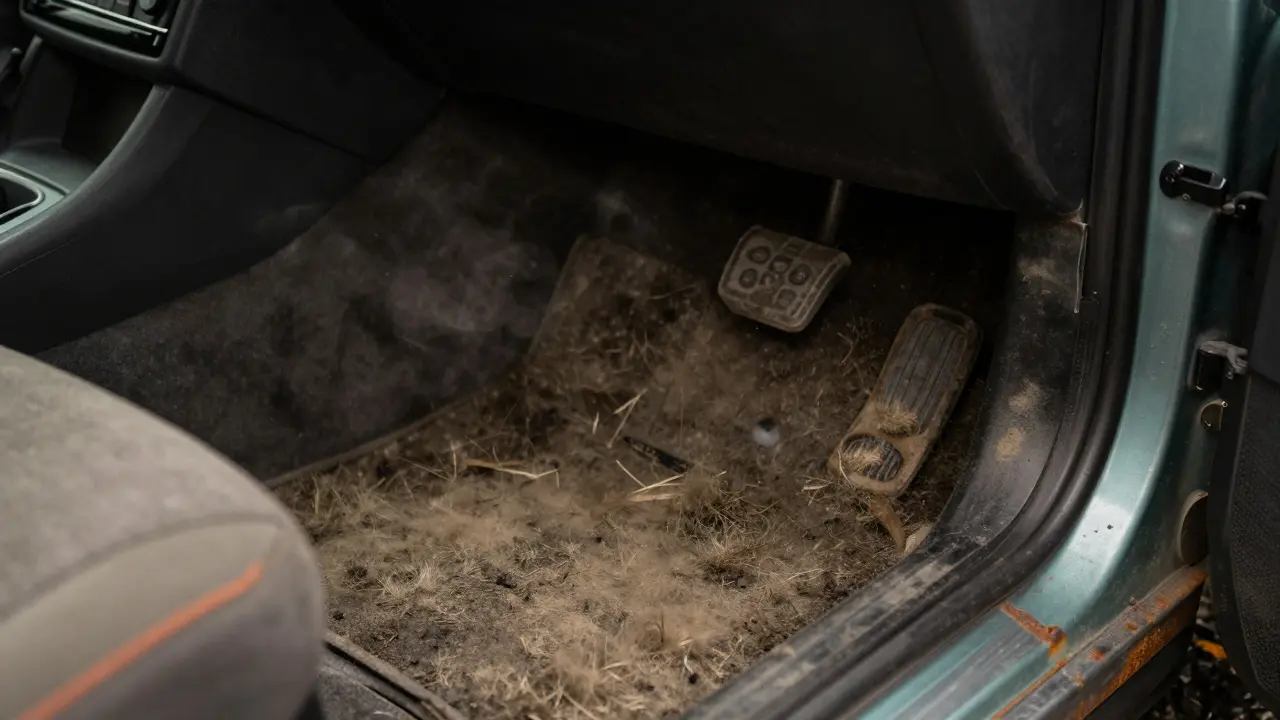Vehicle Longevity – How to Keep Your Car Running Longer
Want your car to stay reliable for years? You don’t need a fancy garage or expensive gadgets. Regular care and the right parts are all it takes to stretch your vehicle’s life. Below we break down the most effective steps you can start today.
Core Maintenance Tasks You Can’t Skip
Oil changes are the obvious first move. Fresh oil lubricates the engine, reduces wear, and carries away heat. Follow the manufacturer’s interval—usually every 5,000 to 7,500 miles—and use the grade they recommend. Skipping this leads to sludge buildup and costly repairs.
Next up, the cooling system. Check the radiator fluid level and condition at least twice a year. A simple visual test (look for a clean, bright color) tells you if it’s time for a flush. Overheating can warp the head gasket and ruin the engine.
Don’t forget the battery. Clean any corrosion on the terminals, tighten the clamps, and test the voltage before winter. A weak battery forces the starter to work harder, which can hurt other electrical components.
Parts That Make the Biggest Difference
When a part wears out, replace it with quality OEM or reputable aftermarket options. Cheap knock‑offs may save a few bucks now but can cause premature failures. For example, a low‑grade brake pad may wear unevenly, leading to rotor damage and higher repair bills.
Tires are another big player. Keep them inflated to the proper pressure and rotate them every 6,000 miles. Even tread wear improves handling, fuel economy, and reduces stress on the suspension.
Air filters are easy to overlook but crucial for engine health. A clogged filter forces the engine to work harder, increasing fuel consumption and emissions. Swap it out when the mileage count hits the guide—usually around 15,000 miles.
Finally, look at the drivetrain. Regularly inspect the drive belt and timing belt/chain. A cracked belt can snap and cause immediate engine damage. Replace it according to the schedule in your owner’s manual.
Beyond parts, how you drive matters. Gentle acceleration, avoiding hard braking, and maintaining steady speeds cut wear on the engine, transmission, and brakes. If you often drive short trips, let the engine warm up a minute before moving to let oil circulate properly.
Storing your car correctly also adds years. In harsh climates, use a car cover or indoor garage to protect paint and rubber. If you plan to store it for months, fill the tank, add a fuel stabilizer, and start the engine every few weeks.
By keeping up with these simple habits—regular oil changes, quality part swaps, tire care, and mindful driving—you give your vehicle the best chance to stay dependable. No fancy tech, just straightforward steps that anyone can follow. Start today, and watch your car stay smoother, quieter, and more reliable for years to come.





